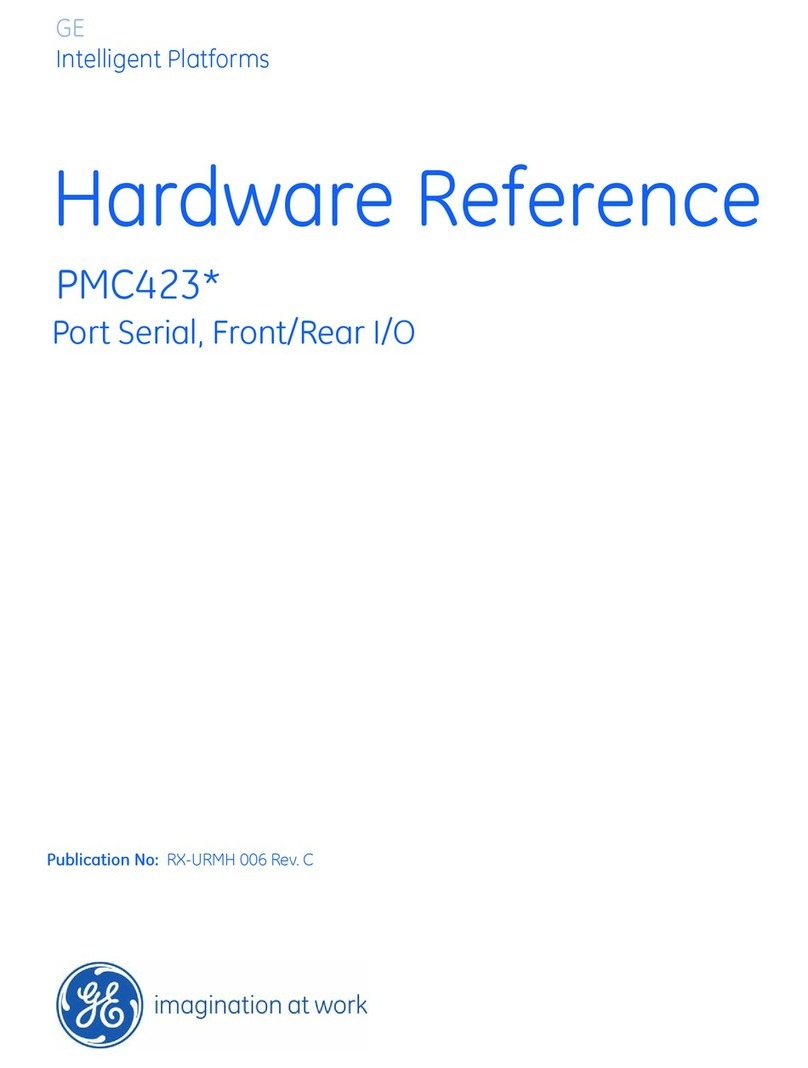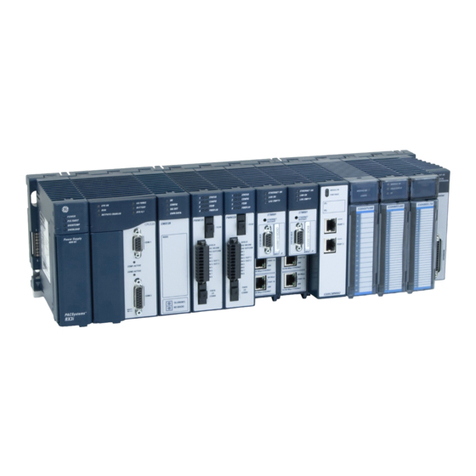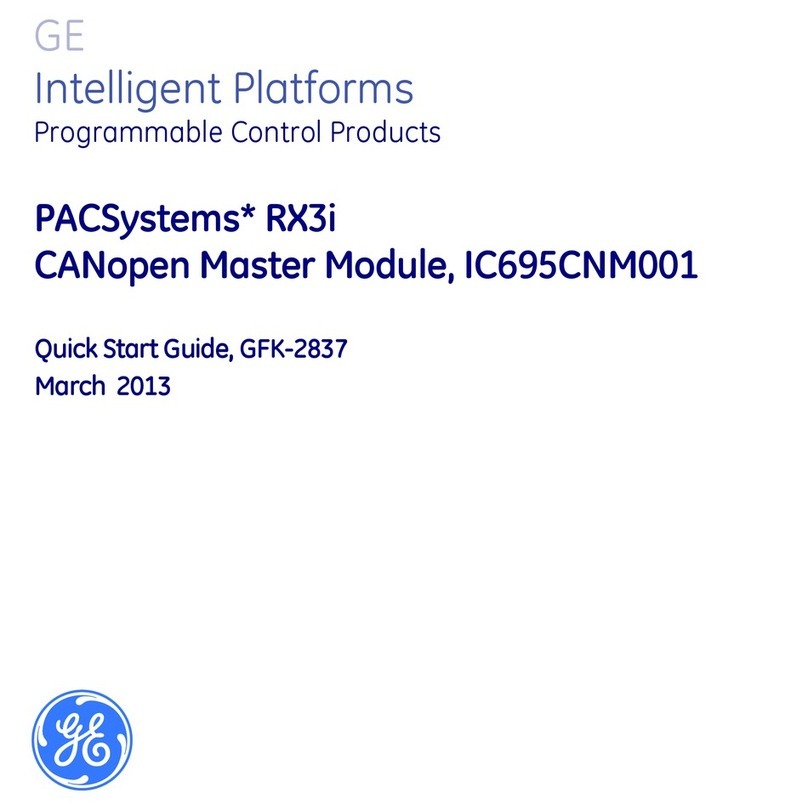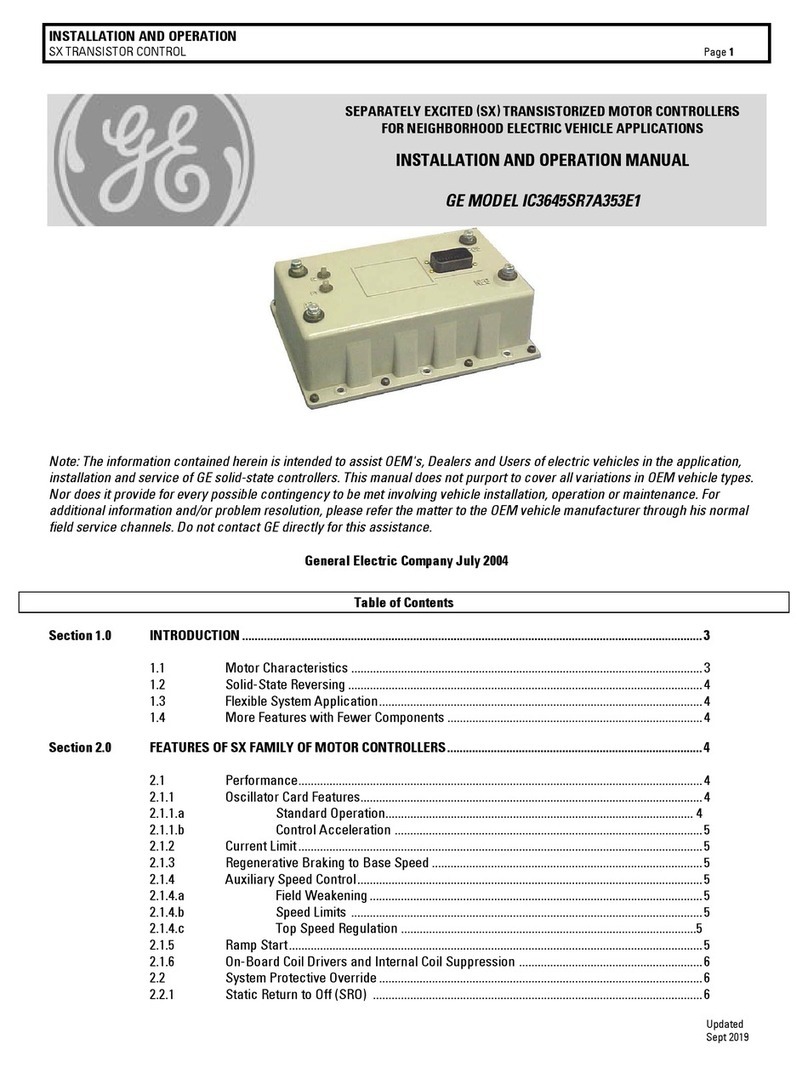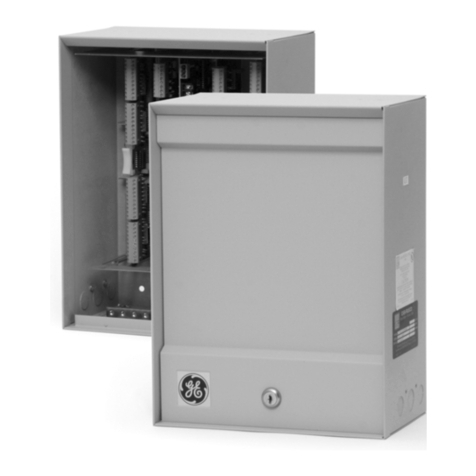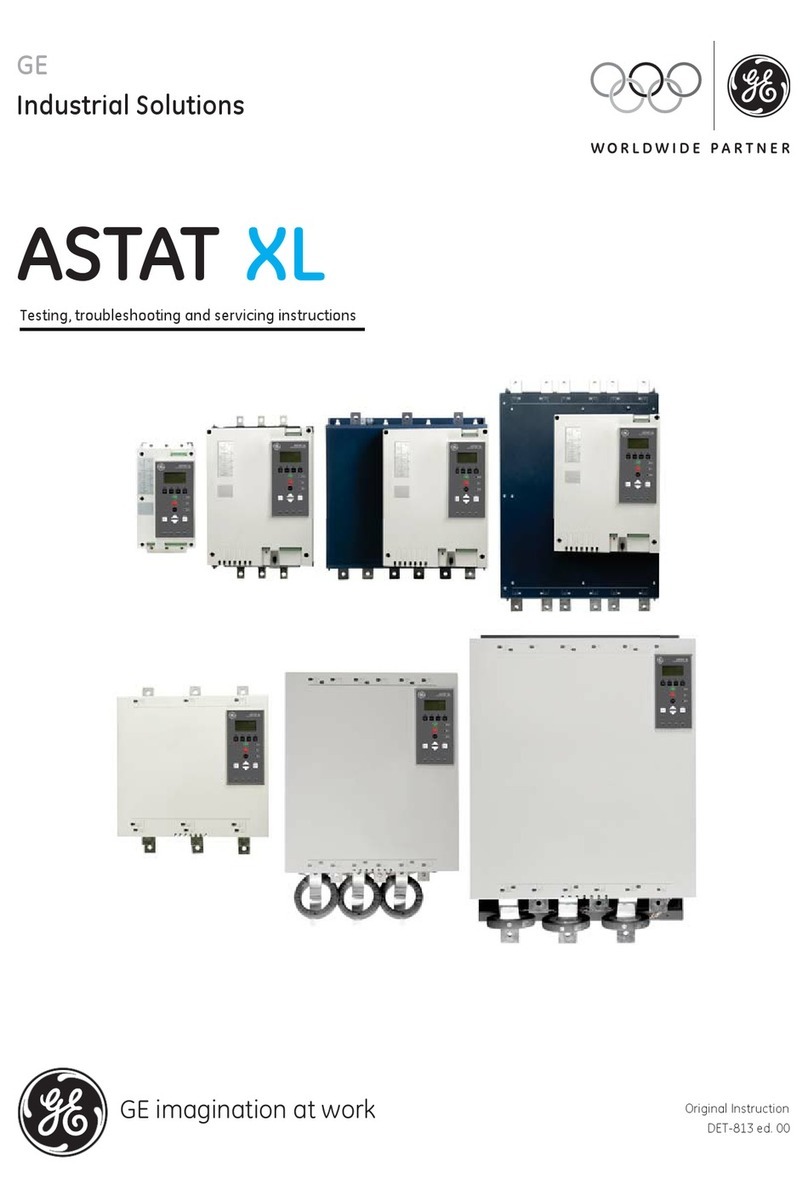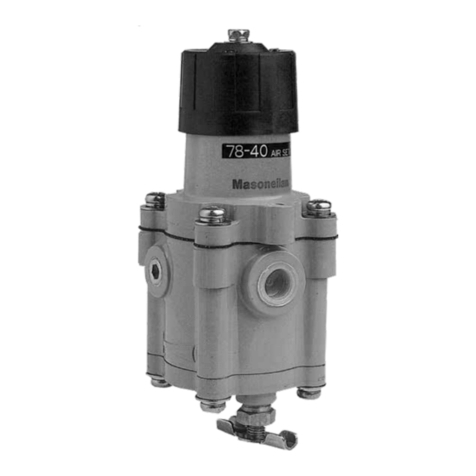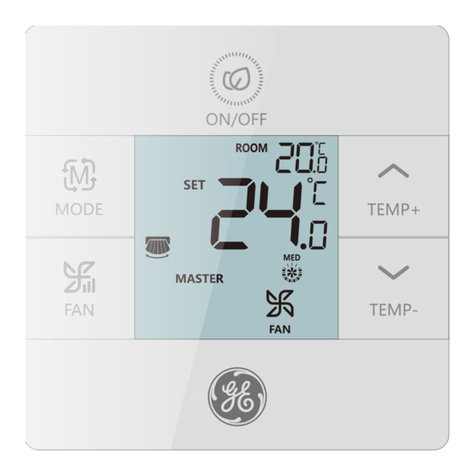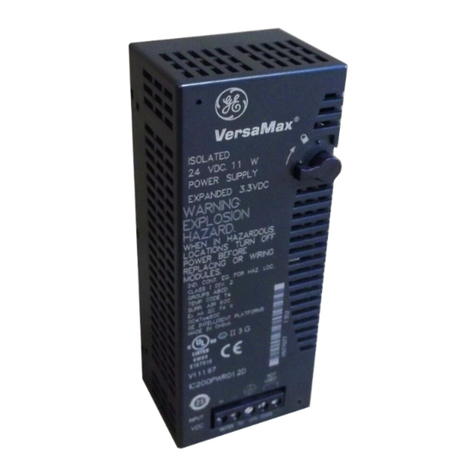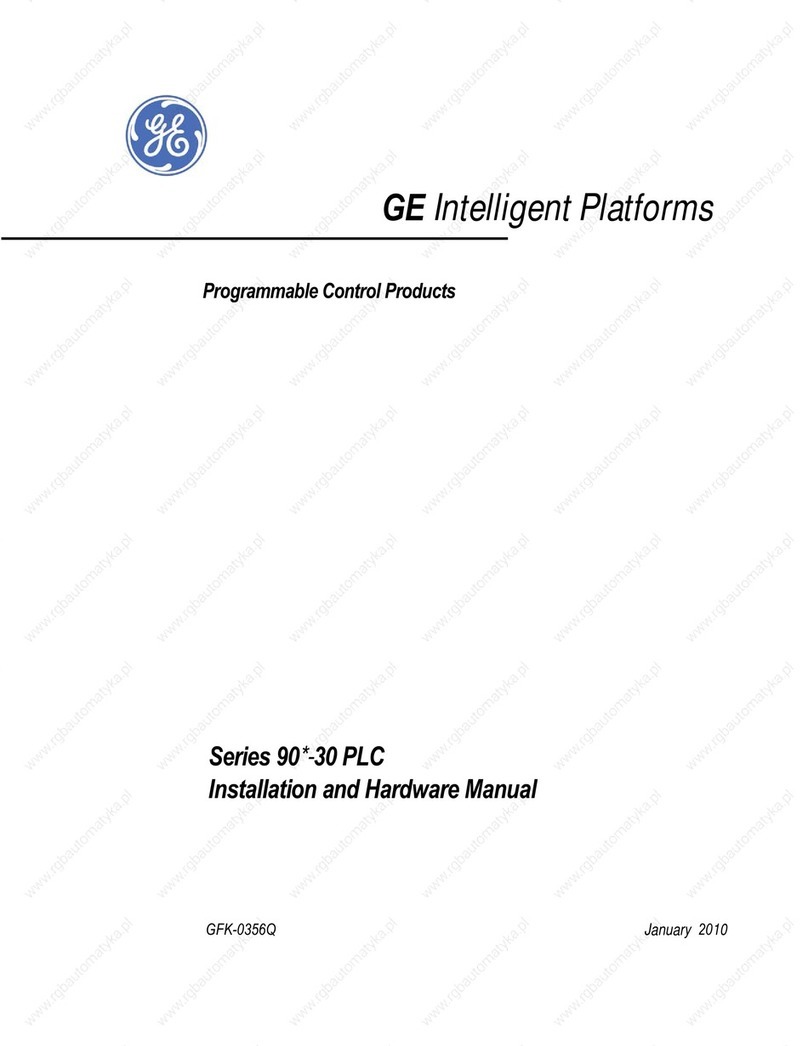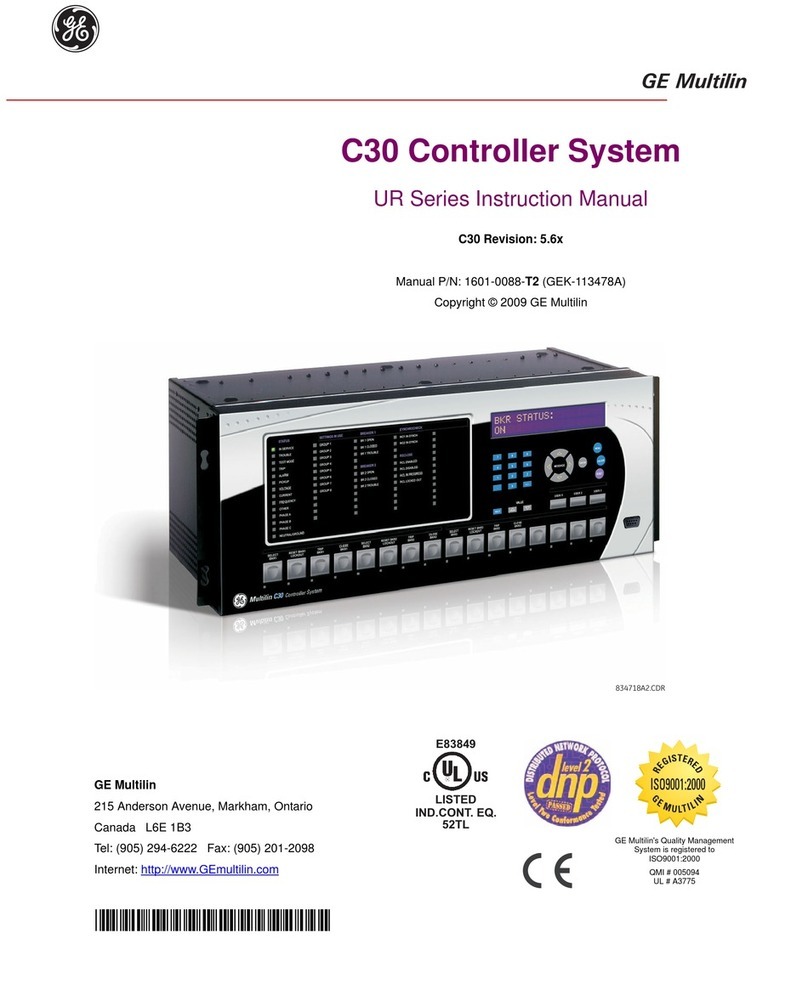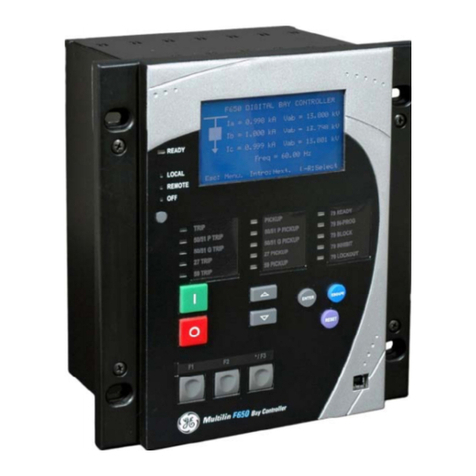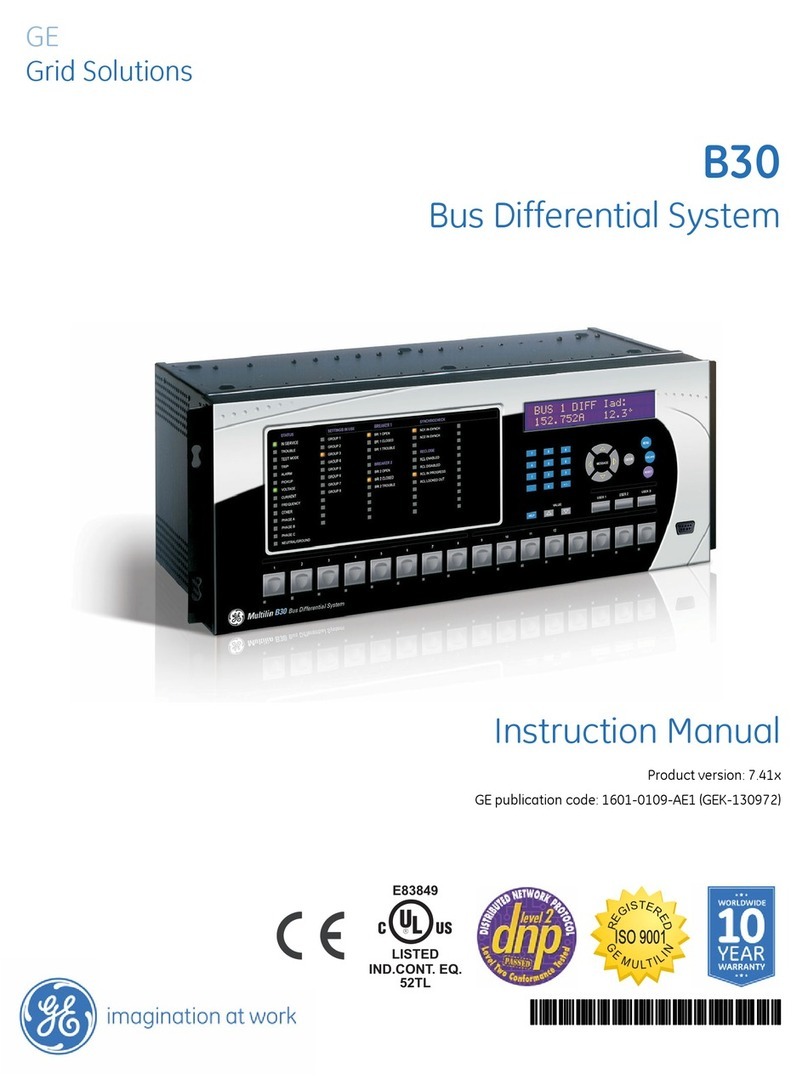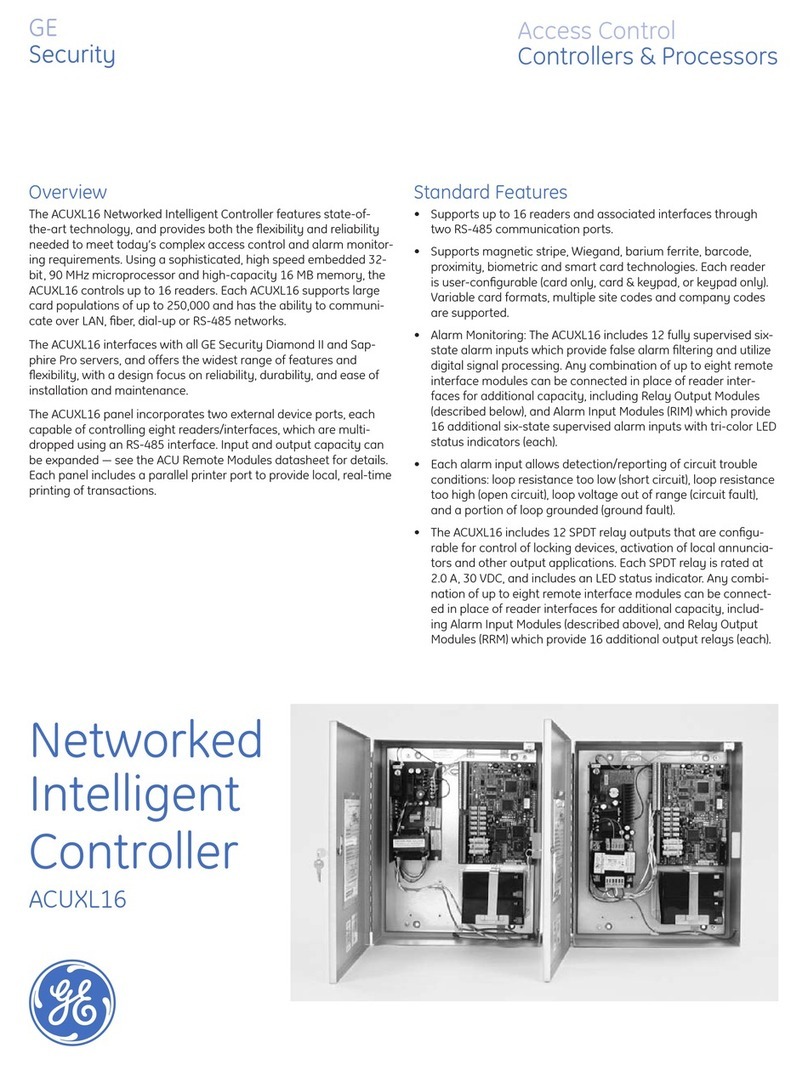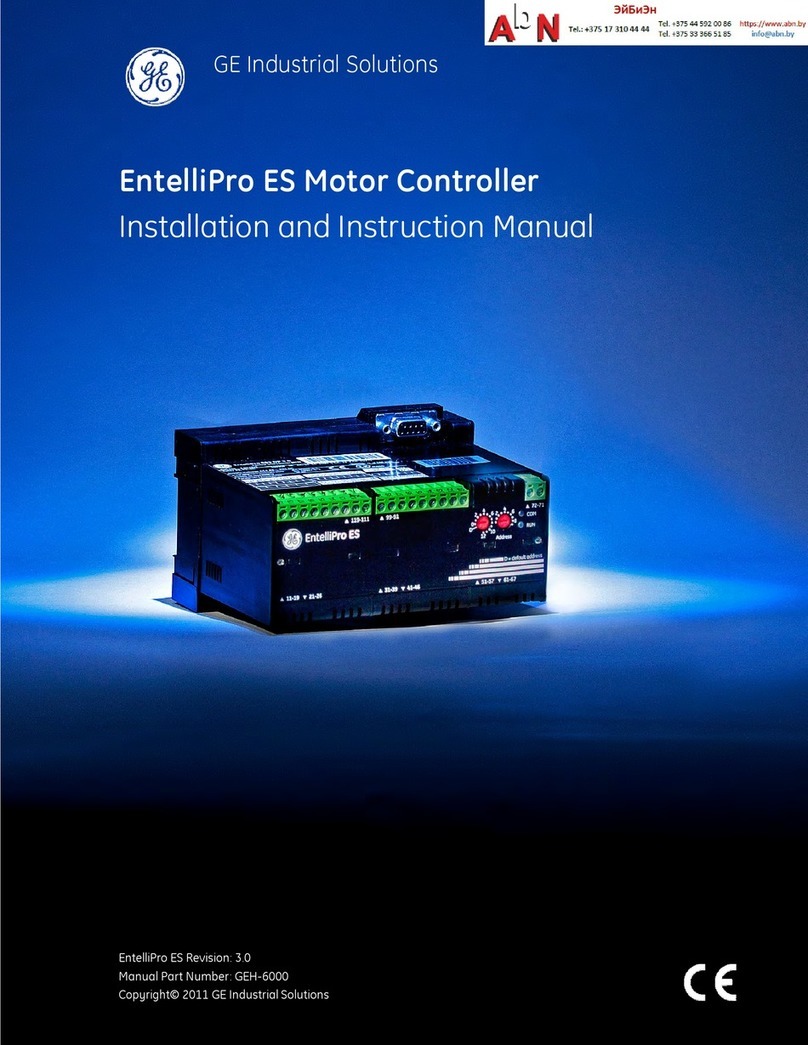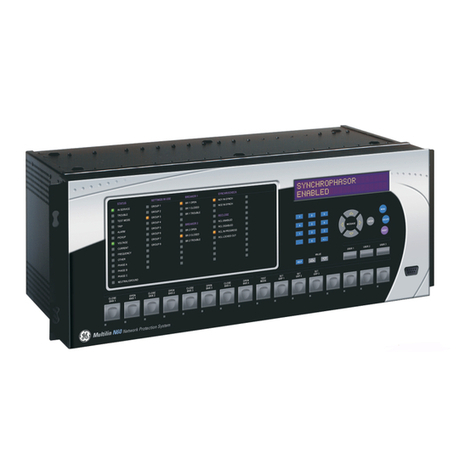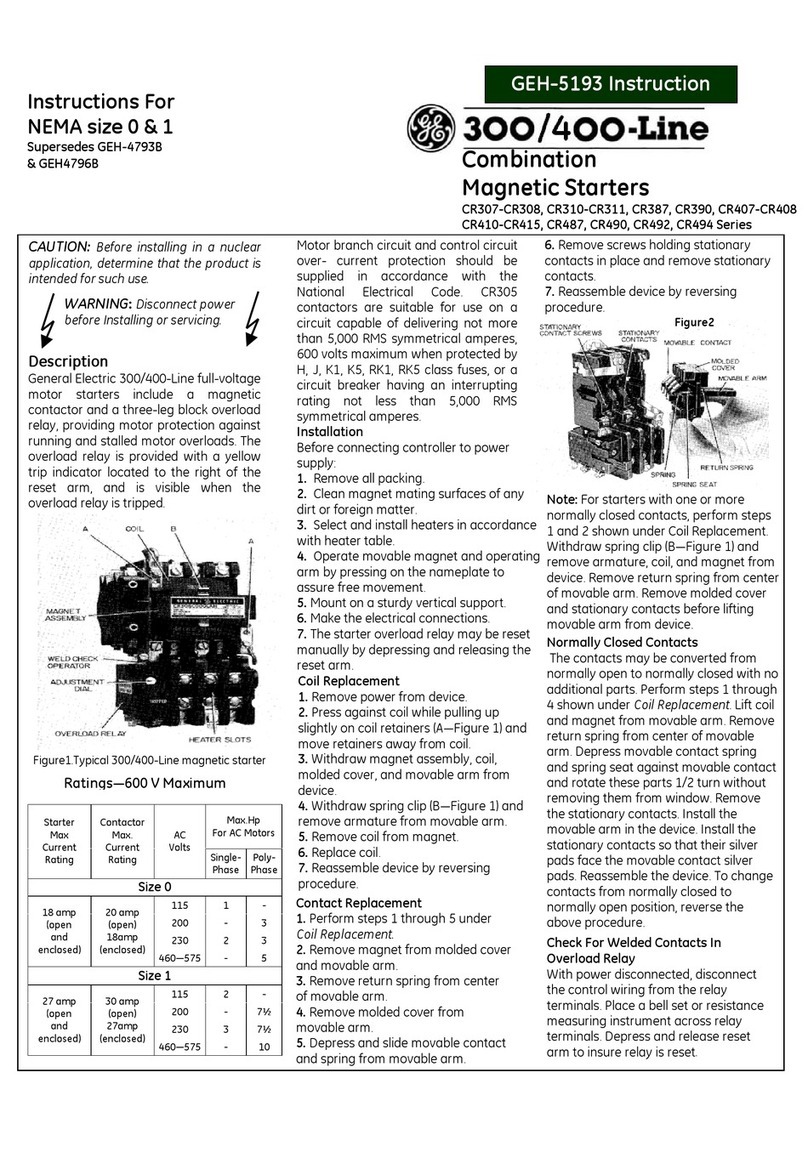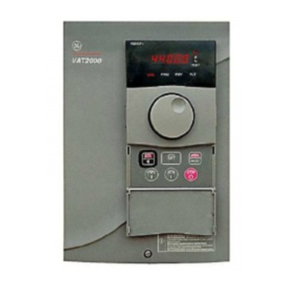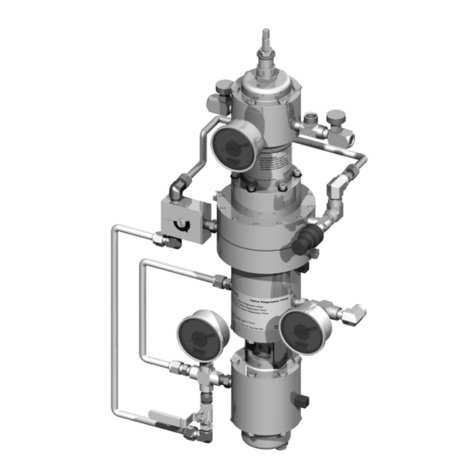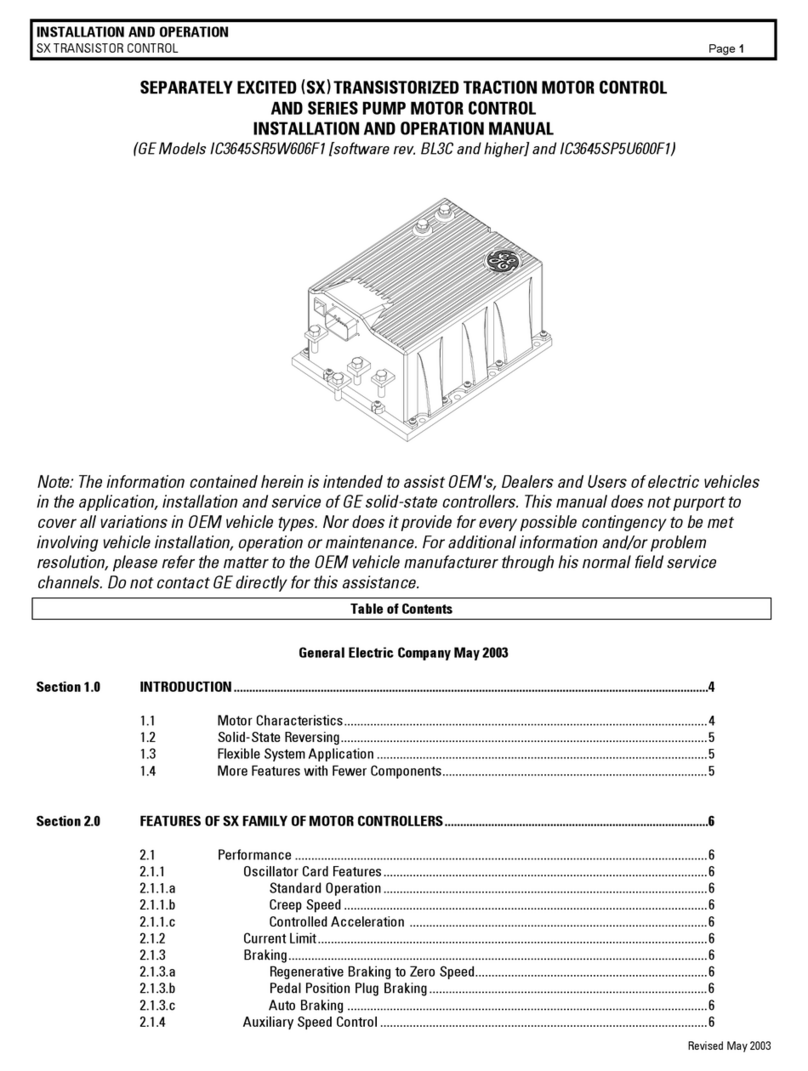
GE Multilin F650 Digital Bay Controller 3
TABLE OF CONTENTS
5.5.5 AUTORECLOSE (79).......................................................................................5-87
5.5.6 BREAKER FAILURE ELEMENT (50BF)..........................................................5-94
5.5.7 VT FUSE FAILURE ELEMENT (VTFF) ...........................................................5-97
5.5.8 BROKEN CONDUCTOR..................................................................................5-98
5.5.9 LOCKED ROTOR ............................................................................................5-99
5.6 INPUTS/OUTPUTS
5.6.1 INPUT/OUTPUT PLACEMENT......................................................................5-101
5.6.2 CONTROL SETTINGS FOR INPUTS/OUTPUTS..........................................5-102
5.6.3 INPUTS..........................................................................................................5-104
5.6.4 OUTPUTS......................................................................................................5-106
5.6.5 CIRCUIT SUPERVISION AND CONTACT SEAL-IN CIRCUITS...................5-108
5.6.6 ANALOG BOARDS SPECIFIC SETTINGS ...................................................5-118
5.6.7 VIRTUAL INPUTS..........................................................................................5-119
5.6.8 VIRTUAL OUTPUTS......................................................................................5-119
5.7 TESTINGS
5.7.1 FORCE IO –INPUT TESTING .......................................................................5-120
5.7.2 FORCE IO –OUTPUT TESTING ...................................................................5-120
5.8 RELAY CONFIGURATION
5.8.1 OUTPUTS......................................................................................................5-121
5.8.2 LEDS..............................................................................................................5-122
5.8.3 OPERATIONS................................................................................................5-123
5.8.4 PROTECTION ELEMENTS...........................................................................5-127
5.8.5 OSCILLOGRAPHY ........................................................................................5-128
5.8.6 CONTROL EVENTS......................................................................................5-129
5.8.7 SWITCHGEAR ..............................................................................................5-131
5.8.8 HMI (HUMAN-MACHINE INTERFACE).........................................................5-132
5.9 LOGIC CONFIGURATION (PLC EDITOR)
5.9.1 INTRODUCTION............................................................................................5-135
5.9.2 THEORY OF OPERATION............................................................................5-136
5.9.3 MAIN MENU...................................................................................................5-139
5.9.4 CONFIGURATION GENERATION................................................................5-140
5.9.5 GENERATION OF LIBRARIES .....................................................................5-141
5.9.6 EXAMPLE OF APPLICATION .......................................................................5-143
6. ACTUAL VALUES 6.1 FRONT PANEL
6.1.1 LEDS..................................................................................................................6-1
6.2 STATUS
6.2.1 OPERATION BITS.............................................................................................6-2
6.2.2 BREAKER..........................................................................................................6-2
6.2.3 PROTECTION....................................................................................................6-2
6.2.4 CONTROL ELEMENTS.....................................................................................6-8
6.2.5 PROTECTION SUMMARY..............................................................................6-13
6.2.6 SNAPSHOT EVENTS SUMMARY...................................................................6-14
6.2.7 MODBUS USER MAP......................................................................................6-15
6.2.8 SWITCHGEAR STATUS..................................................................................6-16
6.2.9 CALIBRATION.................................................................................................6-17
6.2.10 FLEX CURVES ................................................................................................6-18
6.2.11 SYSTEM INFO.................................................................................................6-18
6.2.12 RECORD STATUS ..........................................................................................6-18
6.3 METERING
6.3.1 PRIMARY VALUES..........................................................................................6-22
6.3.2 SECONDARY VALUES...................................................................................6-25
6.3.3 PHASOR DIAGRAM........................................................................................6-27
6.3.4 FREQUENCY...................................................................................................6-27
6.3.5 INPUTS / OUTPUTS........................................................................................6-28
6.4 RECORDS
6.4.1 EVENT RECORDER........................................................................................6-34
6.4.2 WAVEFORM CAPTURE..................................................................................6-36
6.4.3 FAULT REPORT..............................................................................................6-37
6.4.4 DATA LOGGER...............................................................................................6-39
